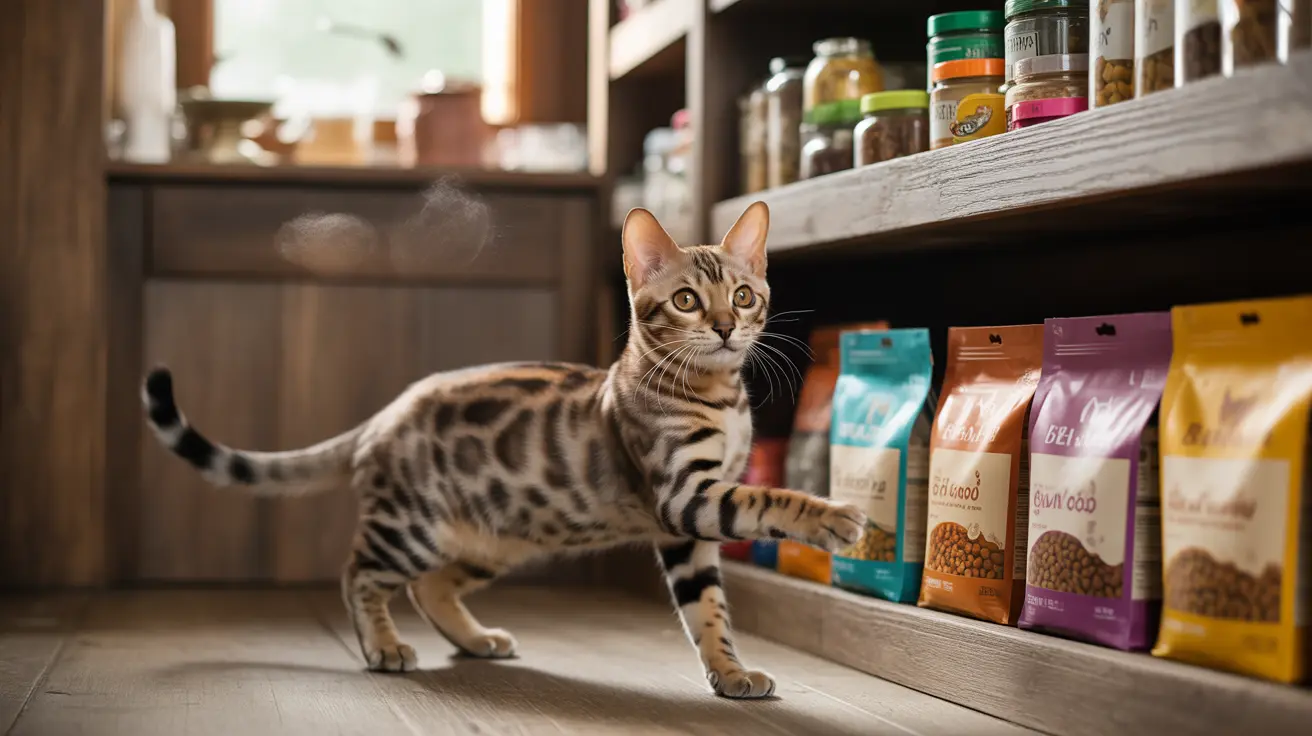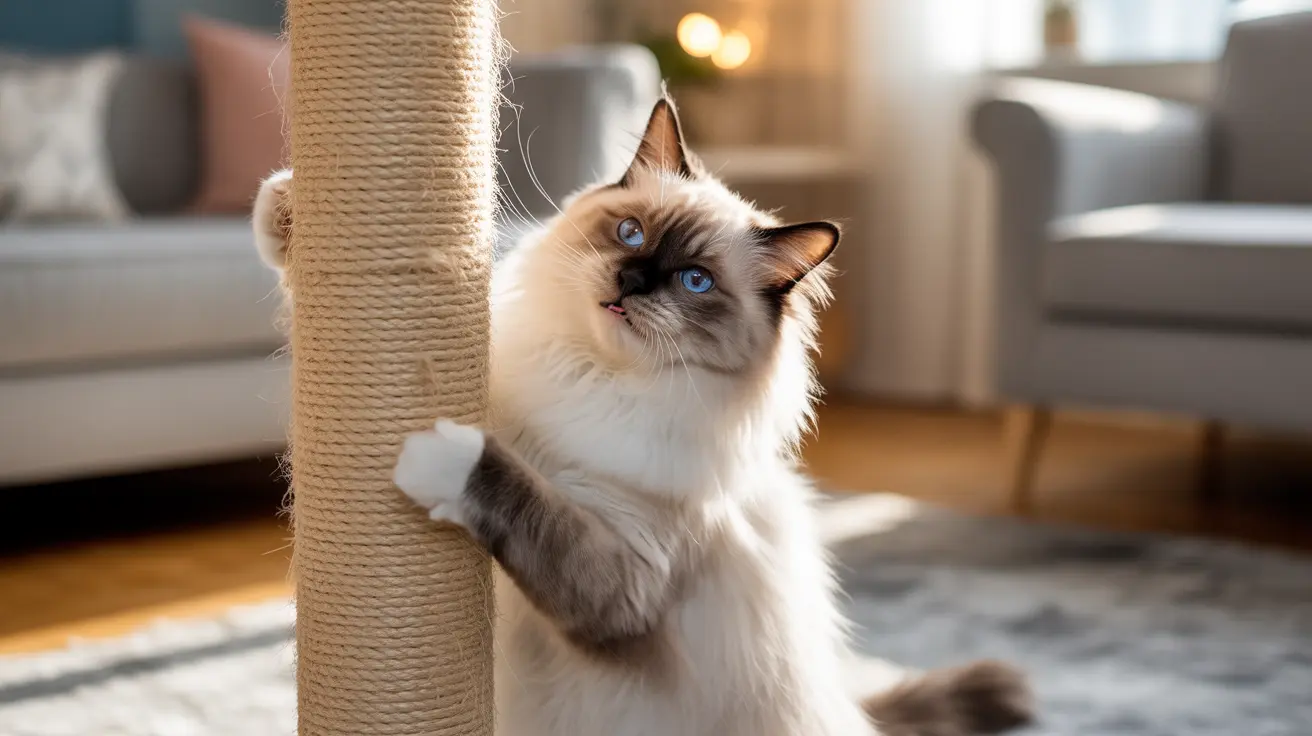Understanding the Maltipoo Dog: Breed Overview and Care
The Maltipoo is an endearing hybrid dog breed that brings together the best traits of two beloved breeds: the Maltese and the Poodle (usually Toy or Miniature). Developed in the United States during the late 20th century, this designer dog was specifically bred to be a loving companion with both intelligence and a hypoallergenic coat.
Physical Appearance
Maltipoos are small dogs, generally standing 8–14 inches tall and weighing between 5 and 20 pounds. Their size depends on whether their Poodle parent was Toy or Miniature. These pups have well-proportioned bodies with soft, fluffy coats that can be straight, wavy, or curly—thanks to their Poodle lineage. Most Maltipoos sport single-layer coats that keep growing rather than shedding seasonally.
- Coat Colors: White, cream, apricot, brown, black, silver, or combinations.
- Features: Expressive round eyes, round head, droopy ears, plumed tail.
Their coats are typically low-shedding and considered allergy-friendly. However, no dog is entirely hypoallergenic.
Temperament and Personality
If you want a friendly and affectionate companion who thrives on attention, the Maltipoo fits the bill. They're known for being loving, intelligent, social dogs that form strong bonds with their families. These dogs are gentle with children (though supervision is wise due to their small size) and get along well with seniors. Whether you live in an apartment or a larger home, Maltipoos adapt easily.
- Playful and eager-to-please
- Sociable with people and other pets (with proper introductions)
- Tend to develop separation anxiety if left alone too long
Early socialization helps them become confident around new people and animals. They enjoy being at the center of family life but may bark when excited or alerting their owners.
Exercise Needs
Maltipoos have moderate exercise requirements. A daily walk plus play sessions usually suffice to keep them happy and healthy. Because they're energetic and smart, they do well in activities like agility or trick training—but their small stature means you should avoid letting them jump from heights or engage in rough play.
Training Tips
Training a Maltipoo is usually straightforward because they're both intelligent and eager to please. Positive reinforcement—think praise and treats—works best. Consistent routines help prevent stubbornness or undesirable behaviors. With early socialization and gentle guidance, most Maltipoos quickly learn commands and tricks.
Grooming Requirements
Their beautiful coats need regular care:
- Brush daily to prevent matting/tangling.
- Professional grooming every 4–6 weeks (especially if kept long).
- 'Puppy cut' styles make maintenance easier for many owners.
You should also regularly clean their ears (to prevent infections), brush their teeth (as small breeds are prone to dental disease), trim nails, and gently clean below the eyes to manage tear staining. Watch for eye issues like cataracts or progressive retinal atrophy as they age.
Feeding Your Maltipoo
A high-quality diet tailored to your dog's age is essential. Puppies eat more frequently; adults usually thrive on two small meals per day. Portion control matters since this breed can gain weight easily. Always provide fresh water and limit treats. Consult your veterinarian for specific dietary recommendations based on your dog's needs.
Health Considerations
Maltipoos are generally healthy but can inherit certain conditions from their parent breeds:
- Patellar Luxation (kneecap dislocation)
- Dental disease (gum/tooth issues)
- Progressive Retinal Atrophy (vision loss)
- Legg-Calvé-Perthes Disease (hip joint degeneration)
- White Shaker Syndrome (neurological tremors)
- Collapsing Trachea (windpipe weakness)
- Hypothyroidism
- Allergies/skin sensitivities
Their floppy ears can trap moisture leading to infections; regular cleaning helps prevent this problem. Responsible breeders screen for hereditary diseases in both Poodle and Maltese parents before breeding.
Lifespan & Suitability
A well-cared-for Maltipoo typically lives 12–16 years. Their adaptability makes them excellent companions for singles, families with children (who handle them gently), or seniors looking for an affectionate friend.
Puppy Costs & Considerations
- Maltipoos from reputable breeders often cost $1,000–$4,000+ due to demand.
- Add ongoing costs for grooming, food, healthcare.
If you're considering adoption instead of buying from a breeder, look into rescues specializing in designer breeds like the Maltipoo.
Pitfalls & Challenges
- Their grooming needs require commitment.
- Tendency toward separation anxiety if left alone too much.
- Barking can be an issue without training/attention.
Puppies' coat type/size can be unpredictable until they mature. Matching your lifestyle with the breed's needs ensures a happy partnership—these little dogs thrive when they're loved and cared for as part of the family!





